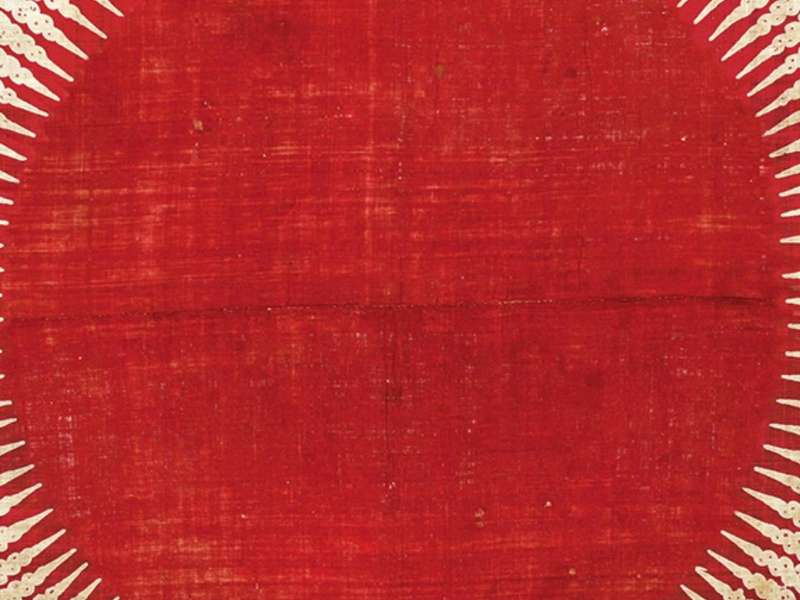
The Colors of India: Printed Textiles and Global Stories on Display in Tokyo
The Tokyo Station Gallery traces the global journey of sarasa, Indian printed textiles that shaped decorative arts across Asia, Europe, and Japan. Over 130 works explore a rich dialogue of aesthetics, trade, and technique. On view: fabrics, garments, paintings, and everyday objects.
もっと読む